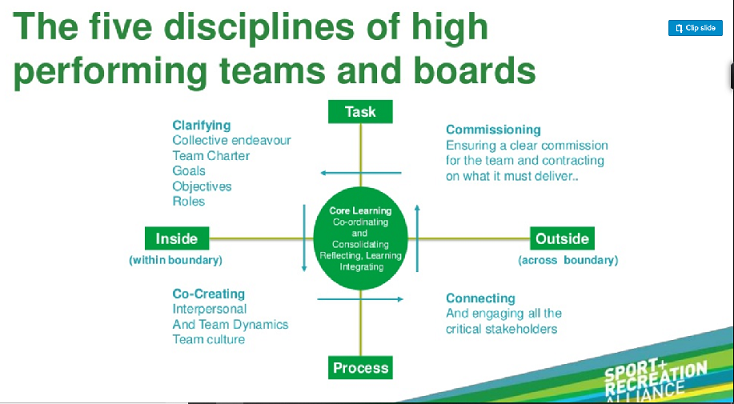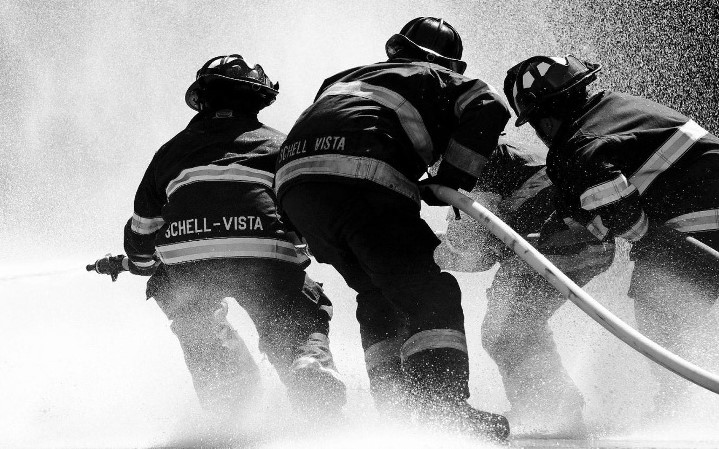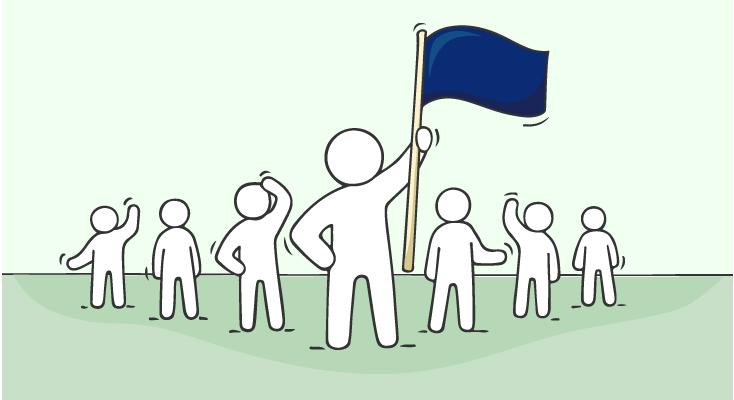Along side my personal interest in coaching and organisational design, I have encountered ‘team coaching.’ Given schools are essentially a team of teams (often hierarchical in structure), school leaders may be wise to know more about how they are created, directed and coached. Not only the teams themselves but the spaces between the teams.
Many thought leaders – such as Hamel (2007, 2012), Hutchins (2012, 2016), Laloux (2014) and Bersin (2016) – argue that the fundamental design of organisations needs to radically change.
Teams and teaming
There are quite literally hundreds of definitions of ‘team.’ There is also a rise in the term ‘teaming’ to describe what teams do. Essentially, I think we all know what a team is. A team is a small number of people with complementary skills who are committed to a common purpose, set of performance goals, and approach for which they hold themselves mutually accountable. Yet even with this short summary, there are plenty of lines of enquiry. Taken from (Katzenbach and Smith, HBR, March 1993)
High Performing Teams
‘…a High performing team also:
effectively meets and communicates in a way that raises morale and alignment,
engages with all the teams key stakeholder groups in a way that grows performance, and
provides constant learning and development for all its members and the collective team.
Hawkins, 2011
These three areas are what I am looking to learn more about – within a team coaching framework as applied to a school setting.
The challenge for today’s school
- As school leaders – leading staff who are members of multiple teams
- Rarely being able to create a team – schools have established tasks and outcomes
- With low teaching human resource – staff movement is more likely
- Managing expectations of different stakeholders, leading, transforming it
- Staff being members of multiple teams
- Working with systemic conflict, with schools becoming complex and interconnected
- Expectations and efficiencies to working virtually / remotely
- The major challenges lie not in managing the team itself, but in the managing the interconnections between the teams
Schools suffer from ‘this is the way we have always done it,’ and when beliefs line up, confirmation bias kicks in and the lens becomes orthodoxy. Orthodoxy blinds us from seeing what you do not see. I am proposing that we changes the lens and see school differently. I am writing this post from a position that I see schools as disorganised, complex adaptive systems. That requires you to consider the creating, directing and coaching of a team dynamics and also consider the outside environment of the team and the spaces between the team. With team and personal development at it’s core.
Five Disciplines of Team Coaching

Commissioning: Ensuring a clear commission for the team and contracting on what it must deliver. Knowing who your stakeholders are and what our stakeholders are requiring from us.
Clarifying: A great team creates its own sense of collective endeavor.
What are the collective goals, what are the collective roles, how do we, not only run our functions, but contribute to the whole so after commissioning.
What’s are the KPIs of the team, not just our individual KPIs.
What are we here to achieve that we can’t achieve by working in parallel.
Peter Hawkins
Co-creating: If commissioning is about that why we’re here, and clarifying is what are we going to do, then co-creation is about the how. It’s about how we work together in a way that is generative. How do we have meetings that are generative? Not merely exchanging precooked thoughts but generating new thinking that none of us had before we came into the room.
Connecting: Great teams aren’t just ones that have good meetings. It is as much about what we do when we’re not together, as when we are together. It is how you create a ‘sense of the team’ with all stakeholders and members.
Core Learning: How does the team develop and learn, not just the individuals within it, but how does a team take time out to reflect on its development. How does the team grow its collective capacity and how does it become a source of individual stretch and development for its members.
Commissioning. Clarifying. Co-Creating. Connecting. Core Learning.
It is an interesting model to review in comparison to the research behind the Team Diagnostic Survey.


